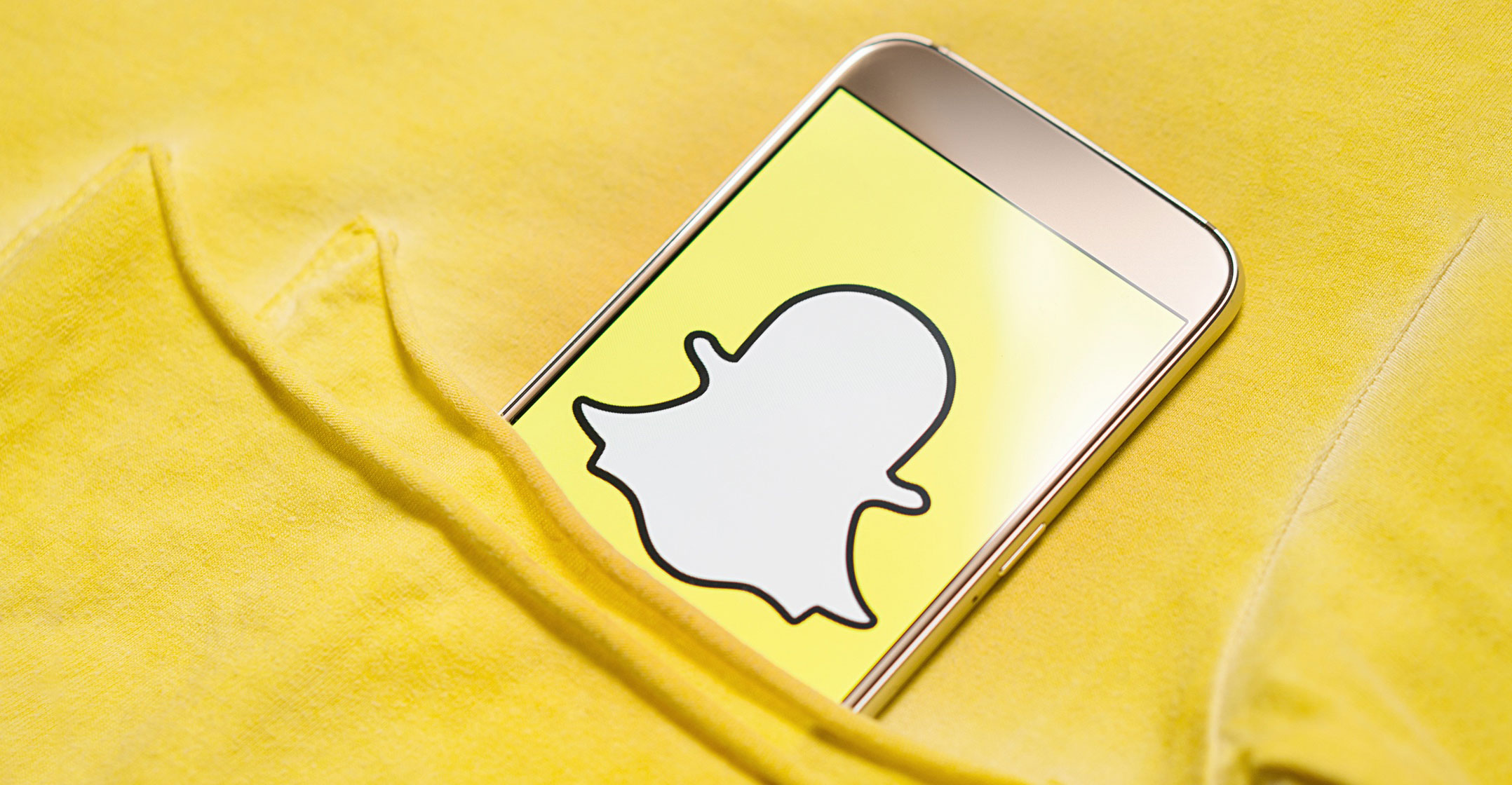
Three years ago, Facebook was the dominant social media site among US teens, visited by 71% of people in that magic, trendsetting demographic. Not anymore.
Now, only 51% of kids between 13 and 17 use Facebook, according to Pew Research Center. The world’s largest social network has finally been eclipsed in popularity by YouTube, Snapchat and Facebook-owned Instagram.
“The social media environment today revolves less around a single platform than it did three years ago,” the researchers wrote in a survey published on Thursday. YouTube is the most popular, used by 85% of teens, according to Pew.
The US is by far Facebook’s most lucrative advertising market, where it makes a staggering $23.59 in quarterly revenue per user. But that doesn’t mean growth can continue forever. The company said in its most recent earnings call that it’s effectively saturated the market in America and Canada, counting 185m users in those two countries combined.
The new study demonstrates how difficult it may be to keep up that level of dominance, and how important the 2012 Instagram acquisition has been for Facebook’s future. Facebook didn’t immediately respond to a request for comment.
Instagram is slightly more popular than Snapchat overall, Pew said, with 72% of respondents saying they use the photo-sharing app compared to Snapchat’s 69%. But Snap is holding its own, despite Instagram’s frequent parroting of its features. About one-third of the survey’s respondents said they visit Snapchat and YouTube most often, while 15% said Instagram is their more frequent destination.
Meanwhile, only 10% of teens say Facebook is their most-used online platform. The Pew analysis was based on a survey of 1 058 parents who have a teenager between 13 and 17, as well as interviews with 743 teens themselves. Interviews were conducted online and by telephone from 7 March to 10 April.
Pew noted that the biggest change since its last teen survey, besides Facebook’s fall from dominance, was just how ubiquitous smartphones have become among young people. Ninety-five percent of teens own a smartphone or have access to one, and 45% say they are online “on a near-constant basis”.
So in some ways, all the apps are winners. — Reported by Sarah Frier, (c) 2018 Bloomberg LP




